 |
Renewable Energy 100% electricity from certified renewable energy sources. 20% generated in-house. Transitioning to 100% certified renewable energy. By 2025 we will produce 20% of our electricity from on-site renewable sources. |
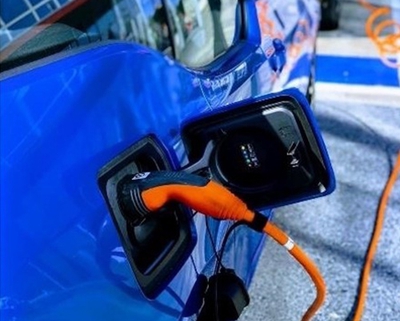 |
Electric Vehicles 100% of new passenger vehicle purchases, by 2025, will be electric or hybrid. Policy of buying electric / plug-in hybrid vehicles where possible. 80% of our forklift trucks are electric (studying viability of electric tractors). |
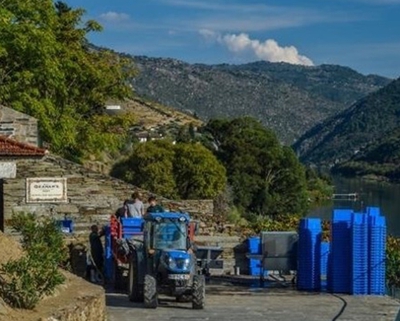 |
Carbon Emissions & CO2 Reductions 35% reduction in CO2 emissions per litre of wine bottled (between 2015-2025). Ambitious CO2 reductions plan linked to Portugal’s national targets & member of International Wineries for Climate Action. Trialling technology to capture carbon released during fermentation, to produce calcium carbonate for use as a soil corrective. |
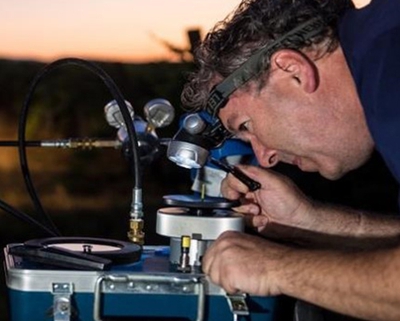 |
Hydric Stress Studies Researching Douro vine ability to withstand drought conditions and high temps – to guide deficit irrigation & ensure vineyard viability. Numerous systems of water reuse are deployed in the wineries and managed to reduce the need for new water by approximately 50%. The family is progressively converting all properties to solar heated water both for production use as well as for all washing facilities. All waste water is treated to a virtually drinkable condition before being returned to the environment. |
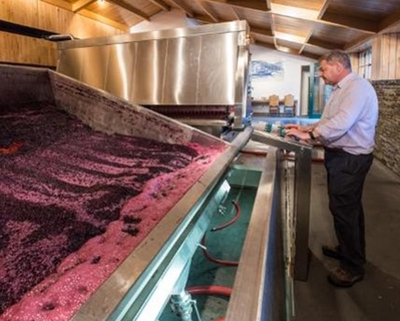 |
Energy Efficiency 10% reduction in electricity used per litre of wine bottled. New policy of zero-pump wine transfers, using only gravity to move wine between tanks + ongoing project to reduce energy per bottle. |
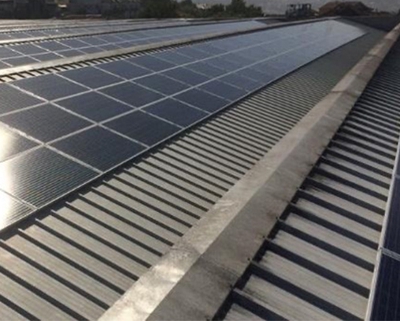 |
Solar Panels 1,500m2 of solar panels on our bottling facility - providing 35% of its electricity (at its peak), saving 10,5 tonnes in CO2 emissions pa. A study is underway to see if it will be possible to convert several of the wineries and the bottling facility to solar energy. This is a longer term project because power storage is still not very efficient but the family is hopeful that it may be able to generate enough energy during daylight hours to make the project |